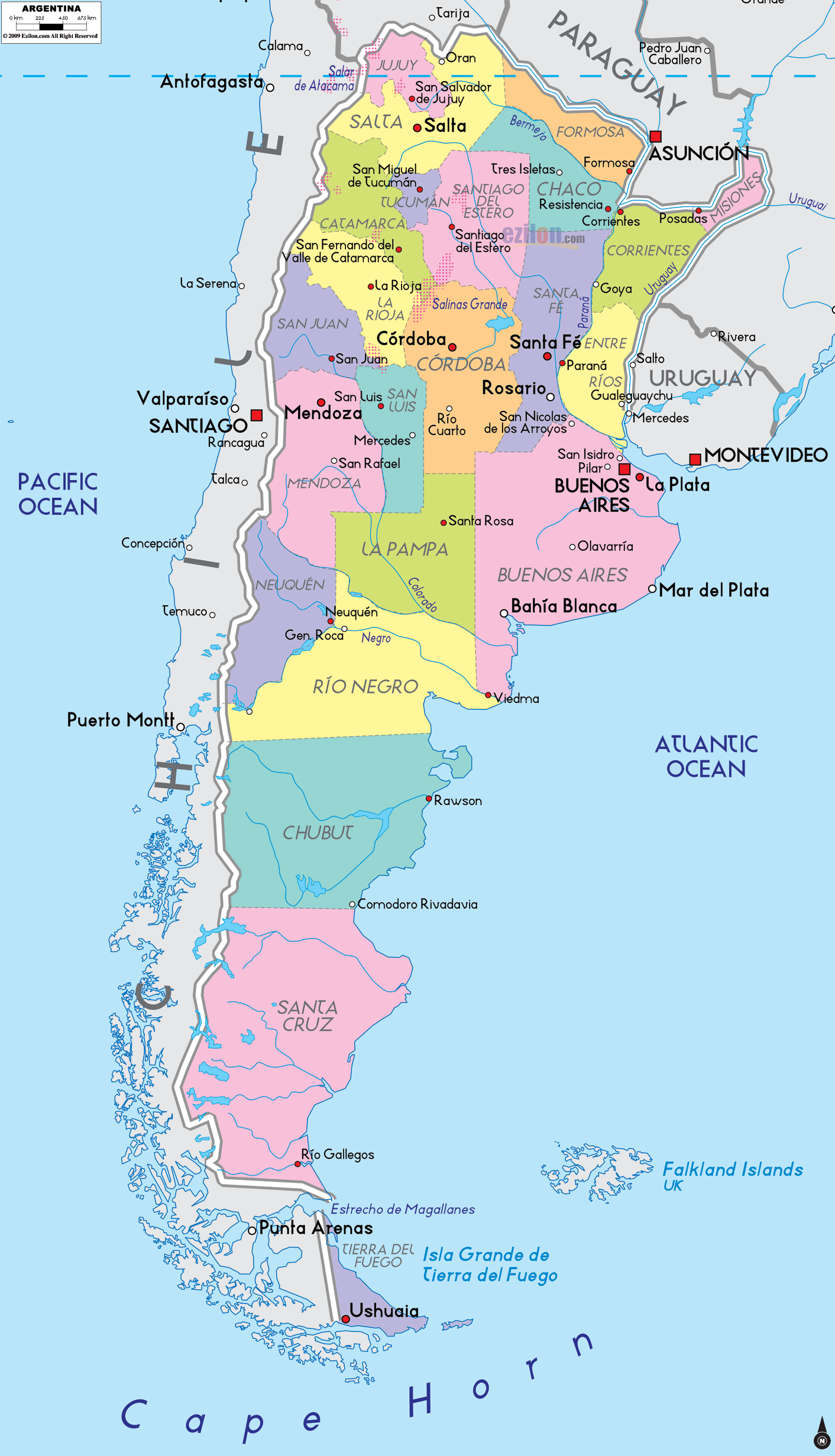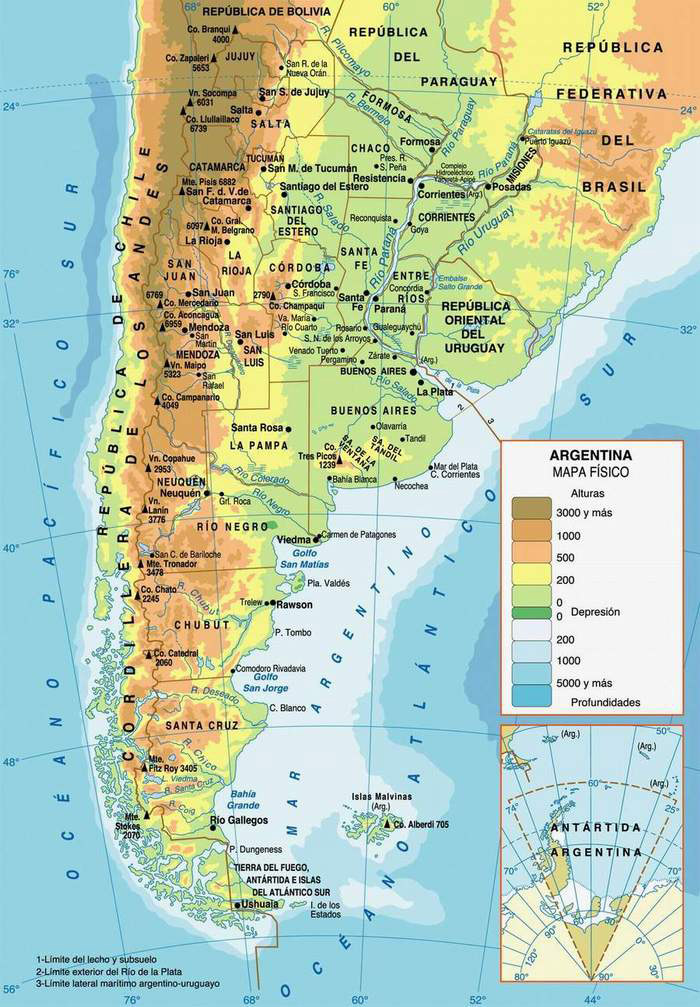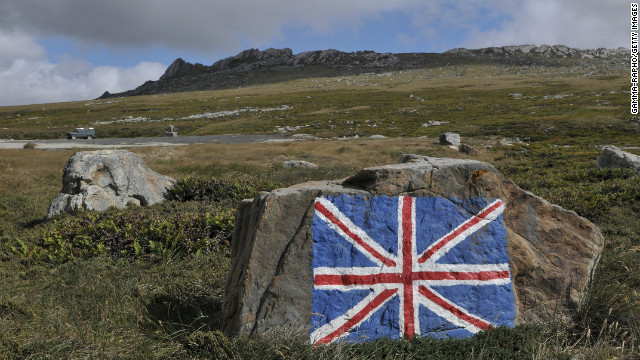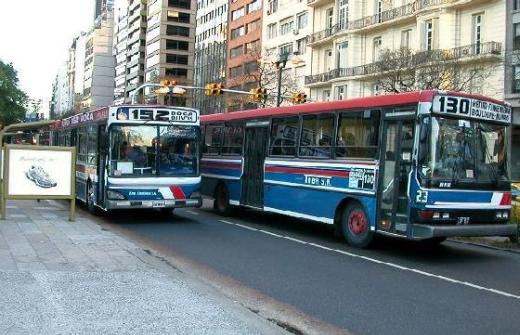Born from Buenos Aires, tango arose from the bars and ports of the city. It contains influence from Old Milonga, Habanera, Polka and Mazurka, Contradanse, Flamenco, and Italian folk music. Over the years, tango has changed from a dance-focused genre to one of lyrics and poetry.
Argentine tango music has found its way into many social dances, especially in ballrooms and large festivities. Due to its 2x4 rhythm, the tango can be improvised upon, rendering it easy to follow for beginners.
Many of the the tango's elements find close ties with Europe and North America.For instance, flamenco tango dances share a common ancestor with minuet-style European dances.
Today, show tango, or Tango de Escenario, commonly finds itself in theater performances. This form of tango professes an exceptional amount of emotion for the audience to weave a story from the various moods and themes of the dancing and music.
Despite the popularity of professional tango, social dances in the open plazas of Buenos Aires are common in Argentina. Often times, tourists can join the music with a partner in the warm neighborhoods of the lively city.







